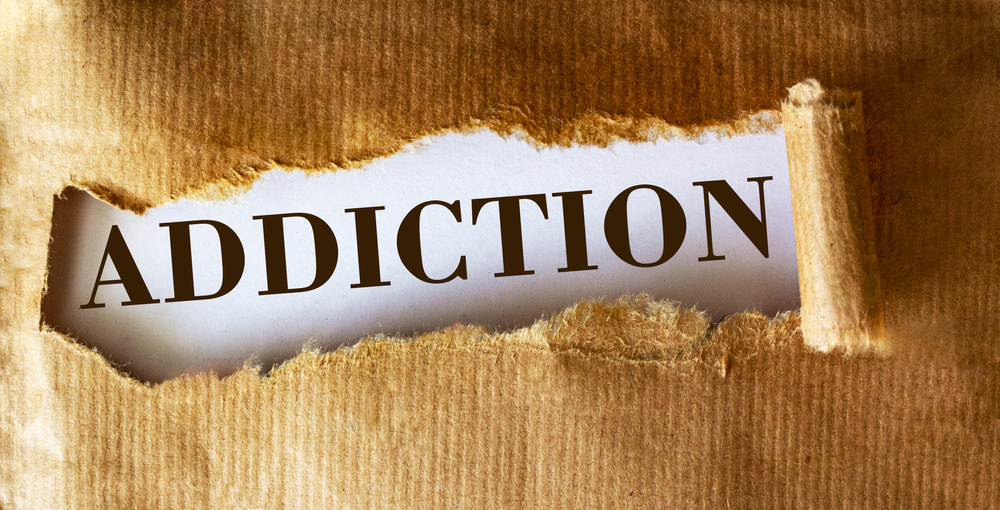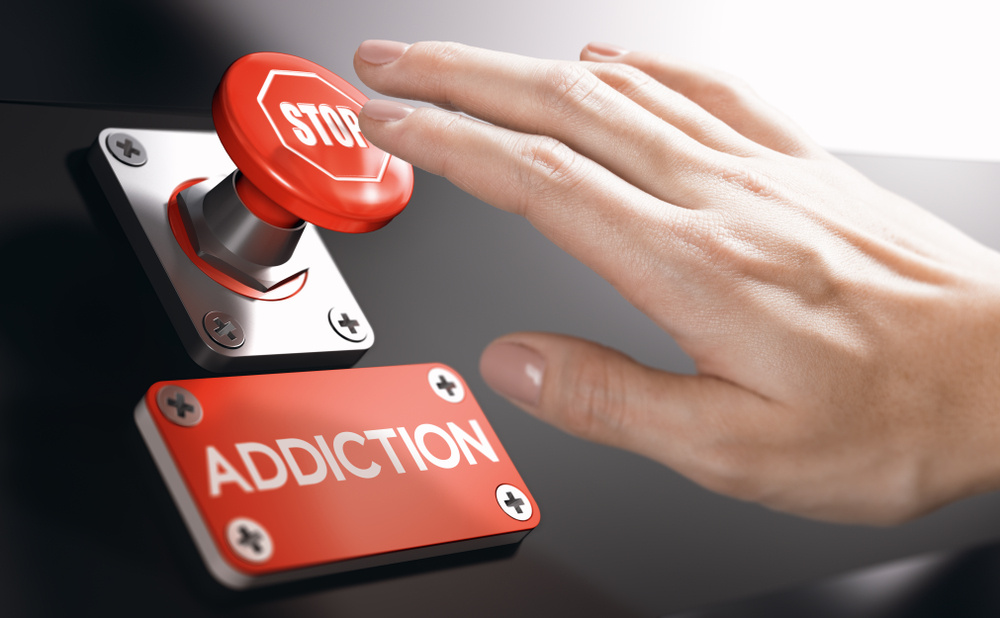An Overview Of Suboxone
Suboxone is a brand-name drug that is comprised of buprenorphine and naloxone. It is a medication approved by the Food and Drug Administration (FDA) to treat opioid use disorder. Opioid use disorder (OUD) is defined in the Diagnostic and Statistical Manual of Mental Disorders, Fifth Edition (DSM-5) as a problematic pattern of opioid use leading to clinically significant distress and/ or impairment. Illicit opioids, such as heroin, intrinsically hold the highest addictive qualities compared to any other commonly abused substance. To be used as a component of a medication-assisted treatment (MAT) plan, the FDA approved several buprenorphine products to be used in the treatment of OUD. According to the Substance Abuse and Mental Health Services Administration, these include the following:
- Generic Buprenorphine/naloxone sublingual tablets
- Buprenorphine sublingual tablets (Subutex)
- Buprenorphine/naloxone sublingual films (Suboxone)
- Buprenorphine/naloxone) sublingual tablets (Zubsolv)
- Buprenorphine/naloxone buccal film (Bunavail)
- Buprenorphine implants (Probuphine)
- Buprenorphine extended-release injection (Sublocade)
When deemed appropriate by a qualified medical professional, and used in conjunction with behavioral therapies, buprenorphine can increase one’s chances for sustained sobriety and long-term, continued recovery.
How It Works
Suboxone is an opioid partial agonist. Akin to all opioid substances, it works by attaching to the opioid receptors in one’s brain. An individual that has abused opioids (whether prescription medications or heroin) will become tolerant to the abused substance. This means that an individual will require more opioids to produce the same effect. When a brain that has become accustomed to a certain amount of opioids present has an insufficient amount, it will react accordingly and withdrawal symptoms will present. This cycle will perpetuate, as the brain will then crave the opioid. When Suboxone is used, it blocks the full agonist (abused opioid substance) by attaching to the opioid receptor, expelling any existing opioids, and prohibiting any others from attaching. Due to the fact that Suboxone is a partial opioid agonist, it produces minimal opioid effects enabling it to significantly reduce the adverse withdrawal symptoms, but not enough to produce any feelings of euphoria.
Side Effects
As is true with any medication, there are a number of side effects that can develop when taking Suboxone. Suboxone.com provide the following list of potential side effects that can transpire when taking the medication:
- Muscle aches
- Fever
- Sleep disturbances
- Dizziness
- Constipation
- Headache
- Fatigue
- Dry mouth
- Nausea
- Blurred vision
- Palpitations
- Sweating
- Vomiting
Some of the severe side effects of Suboxone can include overdose, adrenal insufficiency, respiratory distress, dependence, and/ or pain at the injection site. Every person is different and will have a distinct reaction to taking Suboxone. The combination, severity, and duration of the side effects experienced will differ from person to person. It is imperative to be transparent with your prescribing medical professional regarding any side adverse effects that linger.
For Information and Support
Substance abuse and addiction can be incredibly dangerous and can result in severe short and long-term consequences. If you or someone you know is suffering from substance abuse or addiction, please get help as soon as possible. The earlier you seek support, the sooner you and your loved ones can return to leading happy, healthy, and fulfilling lives. There is no reason to go through this alone, and we are here to help. Please feel free to reach out to us for further information or with any questions regarding substance abuse or addiction. We are available anytime via telephone at: 213-389-9964, or you can always email us at: info@friendlyhousela.org.



